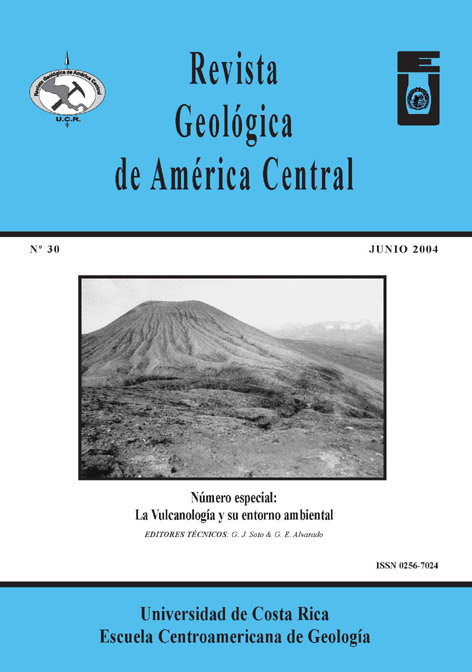Abstract
An outcrop at El Cruce, 5.7 km from the vent of Arenal volcano, exposes thick sequences of tworecent tephras, ET4 (silicic) and, immediately above, ET3 (mafic). The ET4 to ET3 transition is abrupt, with nosoil between the layers. Therefore, they appear to be part of one eruptive phase. A petrological model is inferredfrom the detailed stratigraphic record of these eruptions. The ET4 sequence can be modeled by crystal fractionation via gravity settling. ET4 is most mafic at the top of the section. The silicic tephra at the bottom of thisunit is aphyric. Compatible elements increase and incompatible elements decrease moving down through themagma chamber. The percentage of phenocrysts increases through the top. Models of crystal fractionation, usingthe most mafic and phenocryst enriched tephra as the parent magma, produce the most silicic tephra by removal of 37% phenocrysts. The ET3 sequence shows the opposite trend of that seen in the ET4 sequence, becoming less enriched in incompatible elements down through the section. Some crystal sorting, followed by theremoval of a silicic melt from the top of the magma chamber, could generate the reversed trend for the ET3 sequence.






